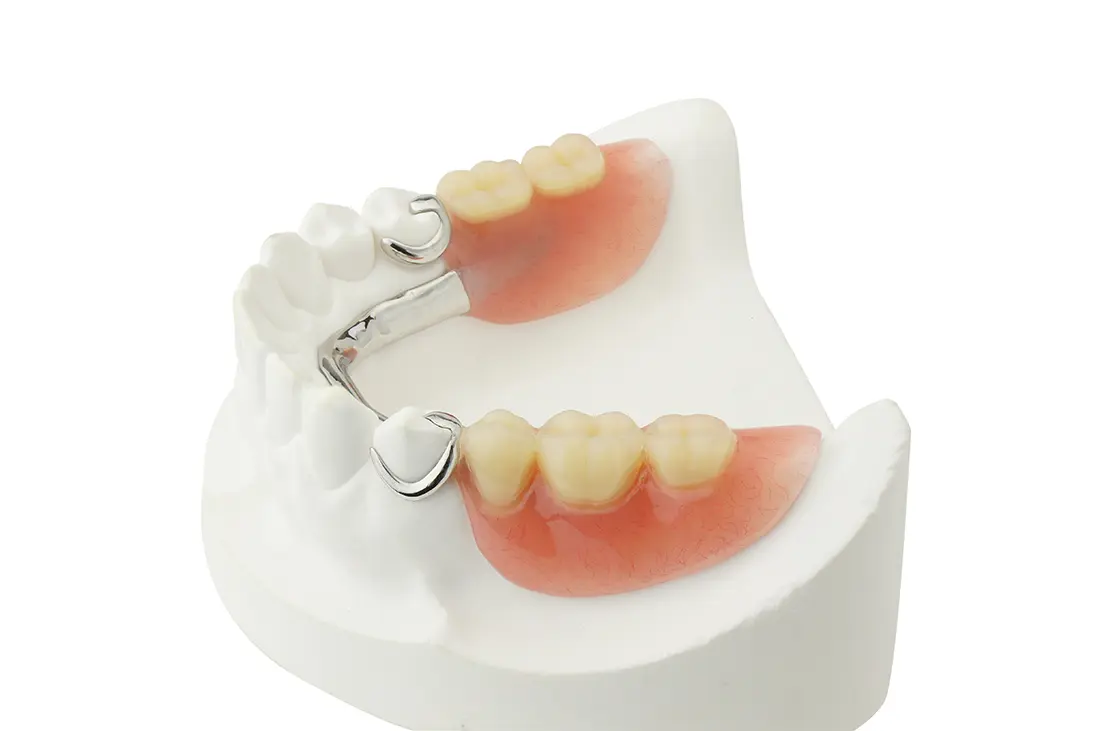Restorative Dentistryin the Redwoods
Keep your smile feeling and functioning at its absolute best with restorative dentistry. From simple procedures like dental fillings, to more complex solutions like dental prosthetics and root canal therapy, restorative dentistry aims to revitalize decayed or damaged teeth. With our comprehensive restorative care, you can take back your overall oral health so you can eat, laugh, and smile with confidence.

Dental Fillings
Cavities are one of the most common oral diseases, so it's imperative we tackle them as soon as they begin to compromise the health and wellness of your teeth. When left untreated, they can cause serious discomfort and may require more invasive procedures to alleviate. Thanks to fillings, your dentist can halt the progression of tooth decay in a single visit. By stopping by for your regular 6-month cleaning and checkup, you can prevent new cavities from forming in the first place.

Same-Day Crowns
No one likes to deal with a broken, cracked, or severely decayed tooth. It can be painful and stressful, but thanks to same-day crowns, you can restore your tooth in a single visit. This allows you to skip the temporary restoration and long wait for your permanent crown. Same-day crowns are custom-made from high-quality, durable materials and color-matched to blend seamlessly with the rest of your teeth. With our state-of-the-art digital imaging and CAD/CAM technology, your appointment will be over in 2 hours or less, so you can start smiling again!
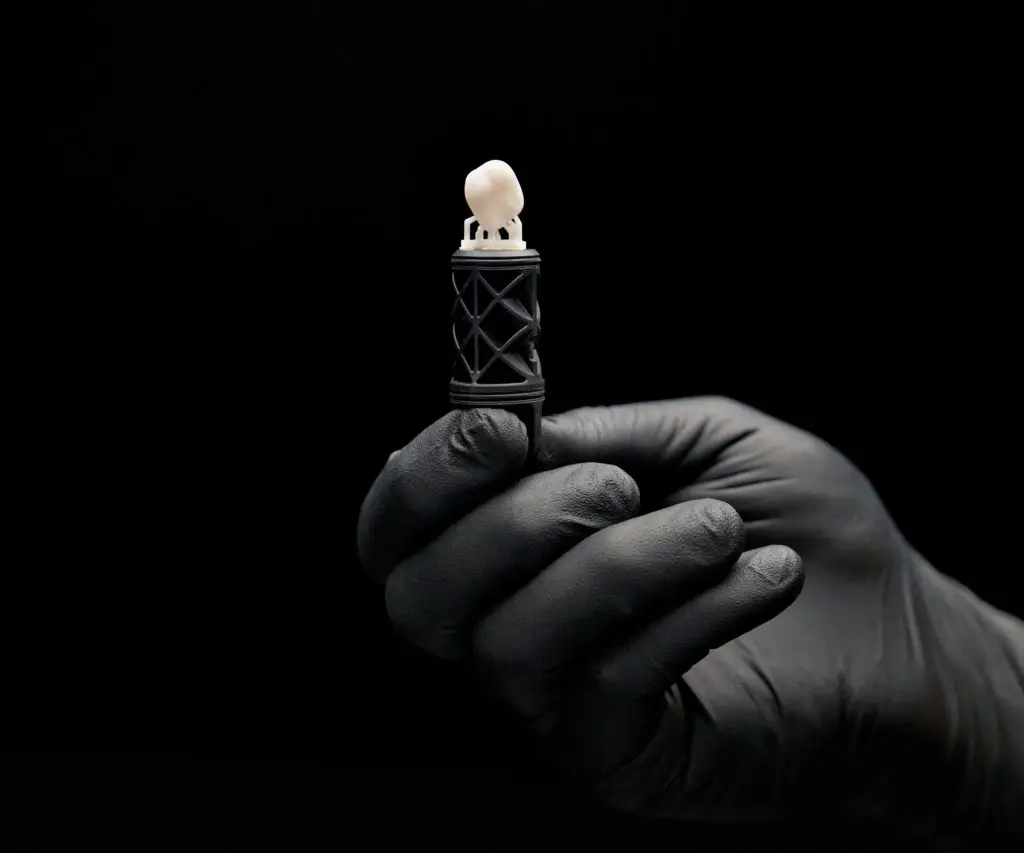
Dental Bridges
A dental bridge can be an effective way to restore your smile when you are missing one or more teeth. It fills the space with a natural-looking replacement that is securely attached to the neighboring teeth, so it will not move when you eat or speak. Each bridge is custom made and color matched to blend seamlessly with your smile.
However, because bridges rely on the support of surrounding teeth, they do not protect against the gradual bone loss that occurs after tooth loss. For many patients, dental implants offer a more lasting and natural-feeling alternative. Implants replace the entire tooth structure from root to crown, helping preserve bone, maintain facial structure, and protect nearby teeth.The team at Redwood Dental can help you determine which option best fits your goals, lifestyle, and long-term oral health. Schedule a consultation to learn whether a bridge or dental implant is the right solution for you.

Root Canal Therapy
Toothaches can be a sign of a serious infection and cause significant discomfort. Fortunately, root canal therapy offers a solution to provide the relief you need and restore the health of your tooth. During a root canal procedure, the infected pulp of the tooth is removed, and the area is thoroughly cleaned and disinfected. Once the tooth has been properly treated, it can be restored with a filling or a dental crown to help maintain its structure. Not only can root canal therapy alleviate the pain caused by the infection, but it can also prevent the need for a tooth extraction. By saving your natural tooth, you can smile with confidence and avoid more extensive and costly dental work down the line.

Extractions
Our goal is always to save your natural teeth whenever possible. When an extraction is the healthiest choice, we make the process comfortable, efficient, and stress-free from start to finish.Dr. Hassan uses advanced techniques and gentle anesthesia to ensure that your treatment is virtually painless.
Most patients are surprised by how quick and easy the experience feels. Our team walks you through every step, explaining what to expect and how to care for your mouth afterward so you can heal quickly and comfortably.Whether you need a simple extraction or a more complex surgical procedure, you can trust that your comfort and safety are always our top priority.
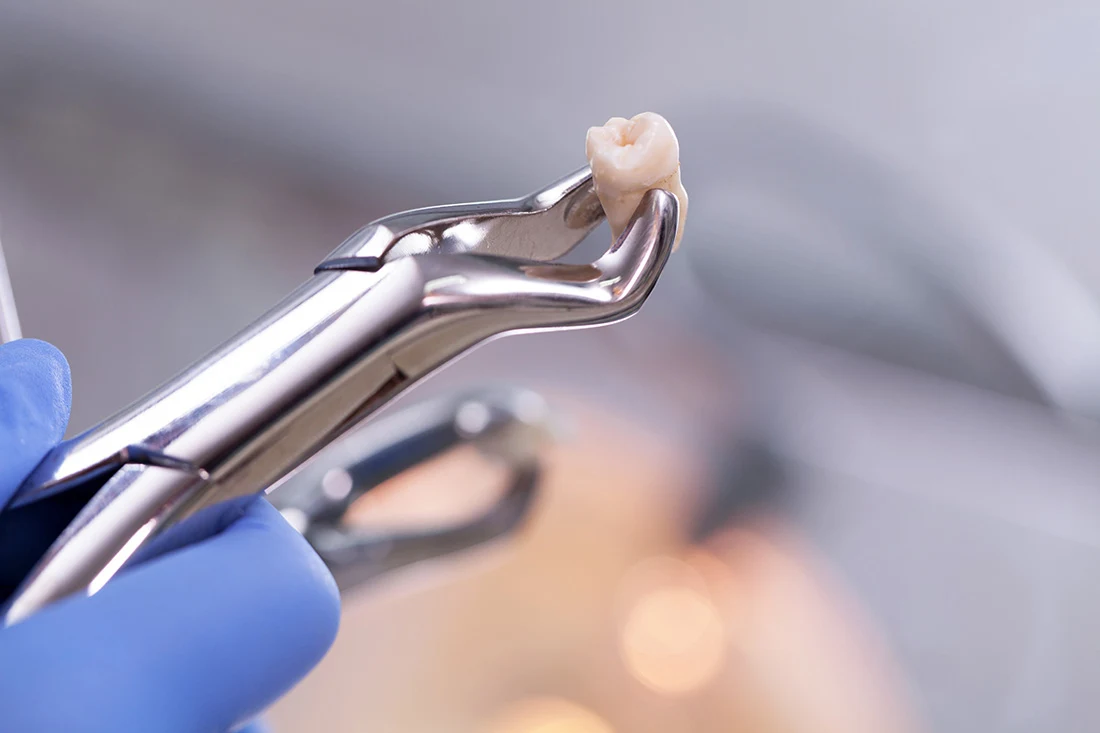
Dental Implants
Transform your smile and your life with dental implants that look, feel, and function just like natural teeth. Imagine rediscovering simple joys—biting into a crisp apple, laughing freely with friends, or speaking confidently in any situation—all without giving your teeth a second thought. Our expert team combines compassionate care with advanced technology to ensure your implant journey is comfortable and rewarding. No more compromising or hiding your smile; dental implants provide a permanent solution that seamlessly integrates with your remaining teeth, giving you back the complete, confident smile you deserve.
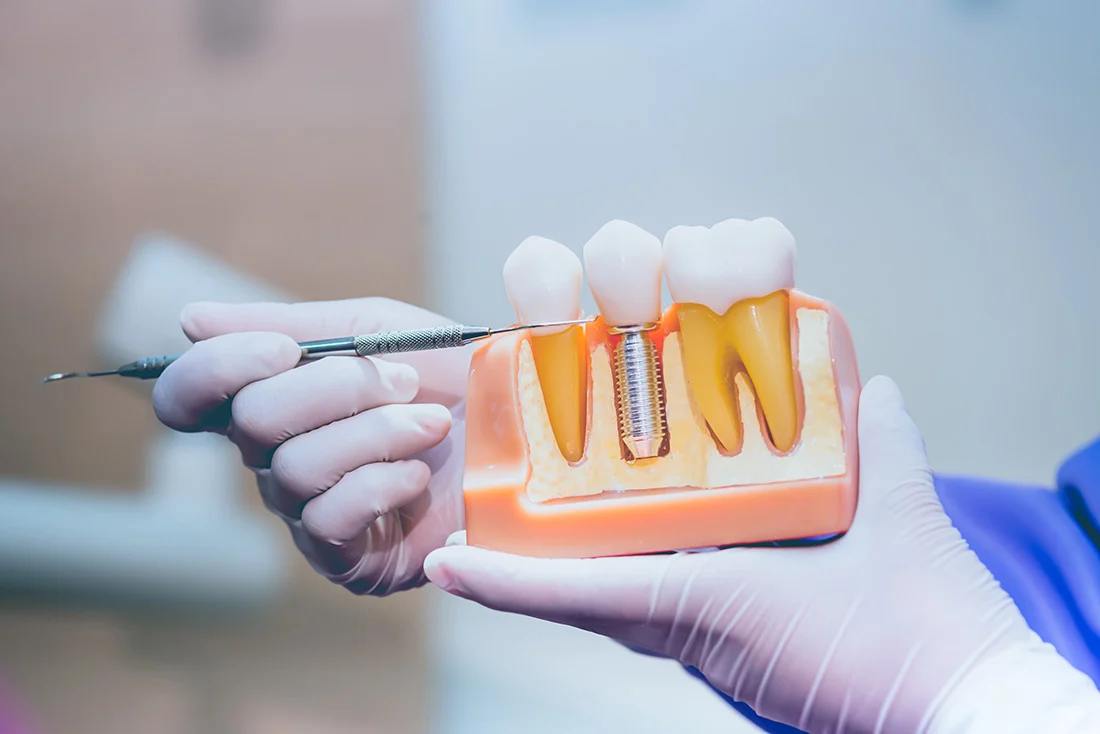
Bone Grafting
Waiting to replace a missing tooth can cause serious consequences. Soon after you lose a tooth, bone resorption begins, making it difficult to place dental implants properly. Bone grafting increases bone density so that you can restore your smile with dental implants. Having strong bone density is required for placing an implant as it needs to have a strong foundation for the restoration. Bone grafting is one of the first steps in widening your tooth replacement choices. Get in touch to learn more about how we can restore your smile.

Full-Arch Implants
Losing teeth can prevent you from enjoying life and having confidence. Renew your beautiful smile with full-arch implant restorations. These can permanently regain the arch of your natural teeth, sometimes in just one visit. Tired of dentures that move around in the mouth? Full-arch implants will last longer, require less maintenance, and look and feel more natural. Get your smile back with full-arch implant restorations.

Dentures
Dentures are a removable, affordable solution that can complete your smile after missing one or all of your natural teeth. To ensure a natural look and feel, most dentures are made of a combination of acrylic and metal and are custom-crafted for a comfortable fit. Looking to see if dentures are right for you? Schedule a consultation to find out if a set of full or partial dentures can restore your bite. It's about time you got back to living your life with a smile.
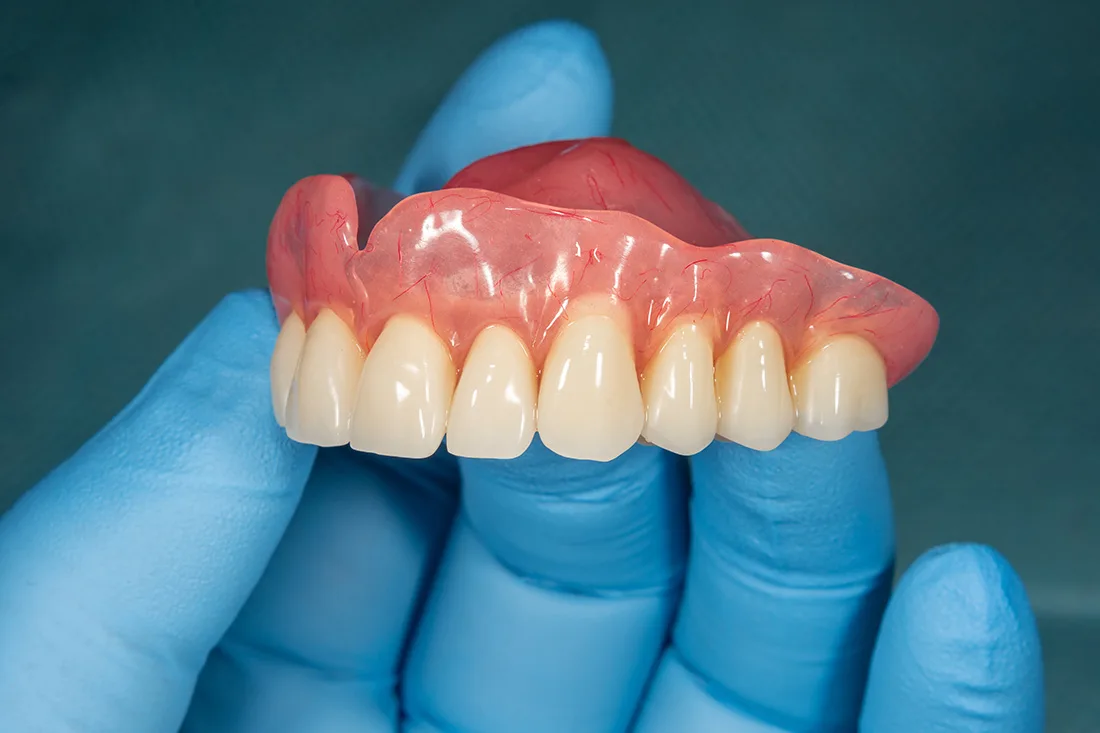
Implant-Retained Dentures
Tired of your dentures slipping and sliding around in your mouth? Implant-retained dentures, also called overdentures or snap-on dentures, can replace all of your teeth, just like traditional dentures. However, instead of relying on suction or adhesive, they are secured in place with several dental implants. These removable appliances make it easy to keep up with your oral hygiene, and are made from a combination of acrylic and metal materials for enhanced durability.

Implant Crowns
After your dental implant has been affixed, your dentist will make the finishing touches by adding an implant crown! Dental crowns act as tooth "caps" that are fitted onto the implant. Your dentist will ensure the size and color of your implant crown matches with the rest of your other teeth, so you can have a seamless new smile.

Partial Dentures
Missing just a few teeth? Partial dentures may be the right choice for you. Partial dentures look natural, are removable, and can be a great solution to restoring the function of your teeth and jaw. Make the first step in restoring your smile by booking a consultation.
